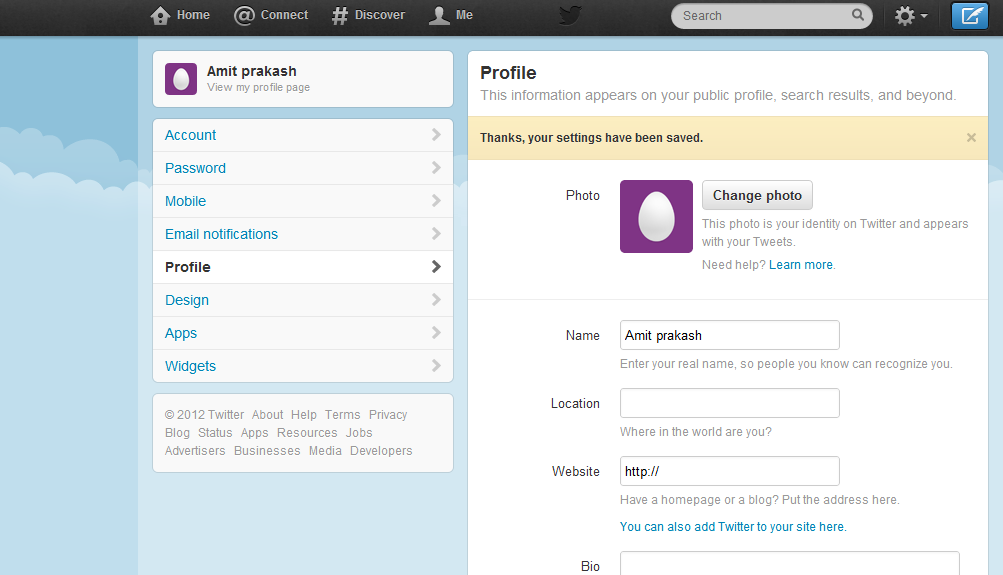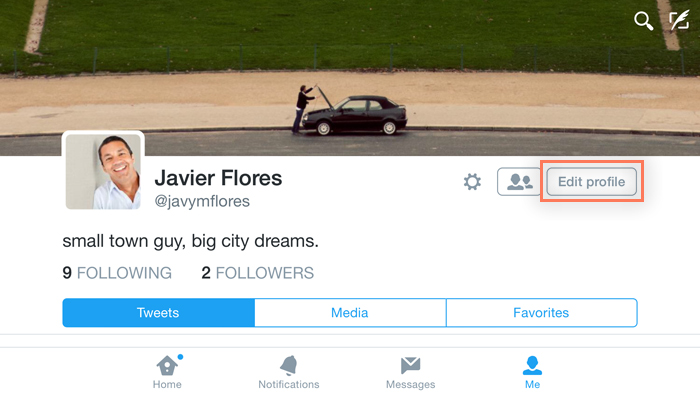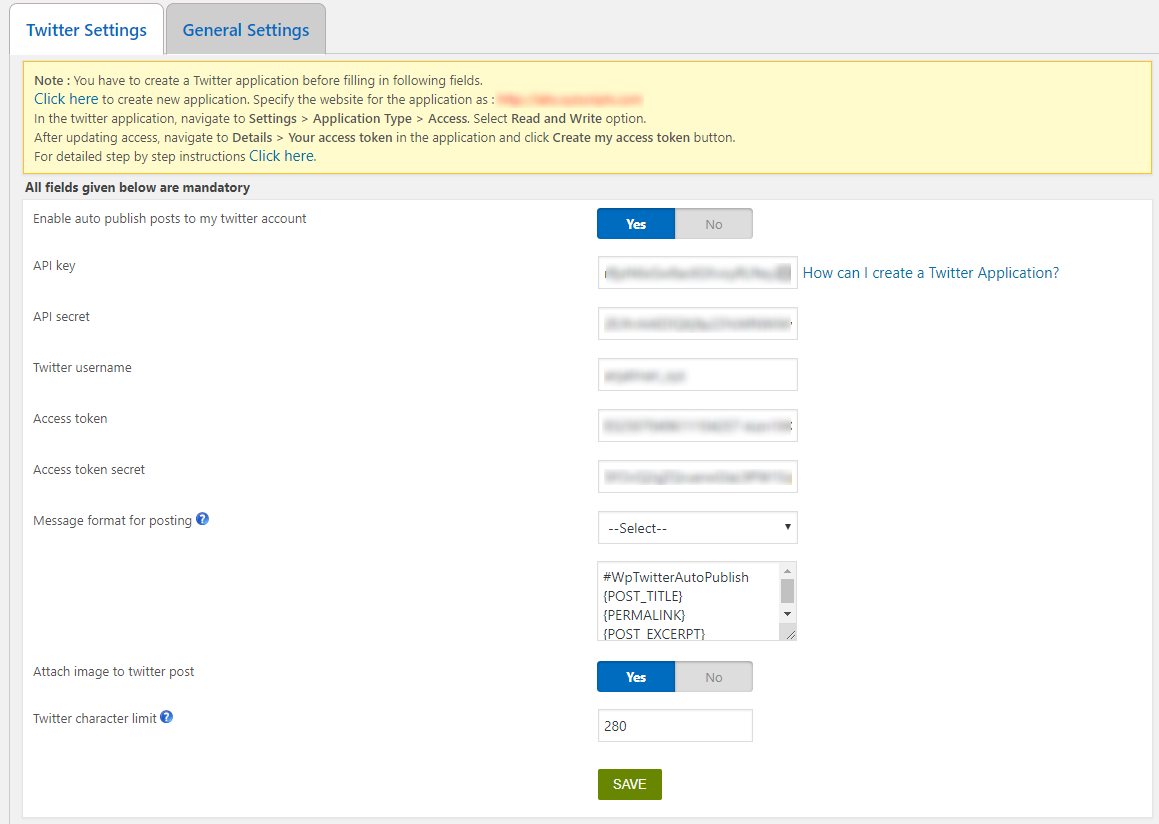In an attempt to compete with Twitter's leadership in TV, Facebook introduced a number of features in 2013 to drive conversation about TV including hashtags, verified profiles and embeddable posts. In January 2014, Facebook announced a partnership with UK-based social TV analytics company SecondSync which saw the social network make its social TV available outside the company for the first time. Facebook struck the partnership to help marketers understand how people are using the social network to talk about topics such as TV. However, Twitter responded by acquiring SecondSync and Parisian social TV firm Mesagraph three months later.
These acquisitions, as well as a partnership with research company Kantar strengthened Twitter's dominance of the "second screen" – TV viewers using tablets and smartphones to share their TV experience on social media. With the additional analytic tools, Twitter was able to improve the firm's offering to advertisers, allowing them to, for instance, only promote a tweet onto the timelines of users who were watching a certain programme. In addition to content-generating bots, users can purchase followers, favorites, retweets, and comments on various websites that cater to expanding a user's image through the accumulation of followers.
With more followers, users' profiles gain more attention, thus increasing their popularity. Generating Web traffic is a valuable commodity for both individuals and businesses because it indicates notability. With Twitterbots, users are able to create the illusion of "buzz" on their site by obtaining followers from services such as Swenzy and underground suppliers who operate bot farms or click farms. The companies that facilitate this service create fake Twitter accounts that follow a number of people, some of these Twitter accounts may even post fake tweets to make it seem like they are real. This practice of obtaining mass amounts of twitterbots as followers is not permitted on Twitter.
The emphasis on followers and likes as a measure of social capital has urged people to extend their circle to weak and latent ties to promote the idea of popularity for celebrities, politicians, musicians, public figures, and companies alike. According to The New York Times, bots amass significant influence and have been noted to sway elections, influence the stock market, public appeal, and attack governments. I have done about 50 deployments using the methods you describe here as well as using Helge Klein's method. The only change I make is to use authenticated users instead of everyone in my deployments. That said, we are having challenge trying to migrate user data from an old location to a new user data location via script to save time as we migrate about 1500 users.
We have the user log in to dynamically create the user profile and user data folders and that sets the permissions on the user's root share. The data is not copied over under the user context, so the user doesn't have rights to the files or folders after the copy is complete. We have tried various other methods to push down the permissions after the fact, but are running into the same limitation since the user has "this folder only" rights and the user is not actually copying the data and creating the folders in this case. Twitter messages are public, but users can also send private "direct messages". Information about who has chosen to follow an account and who a user has chosen to follow is also public, though accounts can be changed to "protected" which limits this information to approved followers.
Twitter collects personally identifiable information about its users and shares it with third parties as specified in its privacy policy. The service also reserves the right to sell this information as an asset if the company changes hands. While Twitter displays no advertising, advertisers can target users based on their history of tweets and may quote tweets in ads directed specifically to the user.
Your data is processed, in particular, to allow you to select, acquire or order the selected products , as well as to enable payment and processing. During the registration process required to acquire a license, we will create an account for you on in our systems ("customer account" or "user account"). AnyDesk customer accounts are not public and cannot be indexed by search engines.
We may use email or in-app messaging to inform users about processes relevant to their user account or to invite them to participate in surveys. In 2009, Nielsen Online reported that Twitter had a user-retention rate of forty percent. Many people stop using the service after a month; therefore the site may potentially reach only about ten percent of all Internet users. In 2009, Twitter won the "Breakout of the Year" Webby Award.
During a February 2009 discussion on National Public Radio's Weekend Edition, the journalist Daniel Schorr stated that Twitter accounts of events lacked rigorous fact-checking and other editorial improvements. In response, Andy Carvin gave Schorr two examples of breaking news stories that played out on Twitter and said users wanted first-hand accounts and sometimes debunked stories. On November 29, 2009, Twitter was named the Word of the Year by the Global Language Monitor, declaring it "a new form of social interaction".
Time magazine acknowledged its growing level of influence in its 2010 Time 100; to determine the influence of people, it used a formula based on famous social networking sites, Twitter and Facebook. The list ranges from Barack Obama and Oprah Winfrey to Lady Gaga and Ashton Kutcher. The U.S. government, seeing social media's role in the 2010 Arab Spring revolts, covertly developed a Cuban alternative to Twitter called ZunZuneo as part of a long-term strategy to "stir unrest". For this purpose, the third-party providers process the IP addresses of the users, since without the IP address they would not be able to send the content to their browsers.
After Trump had used his Twitter account on May 26, 2020, to issue a statement related to possible fraud associated with mail-in voting ahead of the upcoming 2020 primary elections. Twitter moderators used the aforementioned tools to mark Trump's tweets as "potentially misleading" and added links to a dedicated page with additional articles from other news sources on mail-in voting, the first time they had marked Trump's tweets as such. Trump, who had previously alleged Twitter, and other technology companies, have an anti-conservative bias, announced his intention to enact regulations to take action against Twitter. On April 5, 2011, Twitter tested a new homepage and phased out the "Old Twitter". However, a glitch came about after the page was launched, so the previous "retro" homepage was still in use until the issues were resolved; the new homepage was reintroduced on April 20.
On December 8, 2011, Twitter overhauled its website once more to feature the "Fly" design, which the service says is easier for new users to follow and promotes advertising. In addition to the Home tab, the Connect and Discover tabs were introduced along with a redesigned profile and timeline of Tweets. On February 21, 2012, it was announced that Twitter and Yandex agreed to a partnership. Yandex, a Russian search engine, finds value within the partnership due to Twitter's real time news feeds.
Twitter's director of business development explained that it is important to have Twitter content where Twitter users go. On March 21, 2012, Twitter celebrated its sixth birthday while also announcing that it had 140 million users and 340 million tweets per day. The number of users was up 40% from their September 2011 number, which was said to have been at 100 million at the time.
In order to deliver the contentof our website, i.e. also large media files to you faster and more securely, we use regionally distributed servers of a so-called Content Delivery Network , which are connected via the Internet. In doing so, we establish a connection to the server of the CDN service provider and transfer your IP address there. If you are signed in with an existing user account with this service provider while visiting our website, this service provider can also associate your visit to our website with your user behavior.
The legal basis for the use of a CDN and the associated data transfer are our legitimate interests in improving our website to make it easier for the customers to use it (Art. 6 GDPR). We use the so-called review widgets on the AnyDesk website to allow our customers to review providers and products, and for our own quality management. In the process, a reference to the results of the review of our products by customers offered by a service provider named in there is integrated via a linked page or image element. When the image element is called up, the service provider's web server automatically saves the IP address and the information listed under "Log files". Further personal data may be transferred to the respective service provider if you have decided to review our products according to their terms and conditions.
Hello Carl, I'm having the same problem stated above, just started a few weeks ago after working for months. No new changes are saved between sessions, but existing changes before the issue occurred are persistent. New users that just came on the platform are having no changes being saved. We are using WEM and UPM with VDA 7.15 LTSR CU6 on WIn10 VDI via MCS. The logs below show that it finds the profile in the users store and loads it up. However upon logoff, it appears to then not be able to locate the user's NTUSER.DAT file and the settings are not saved back.
I'll post the log snippets below (usernames and domain names removed – placesholders). One article I read said that perhaps the machines are rebooting before the profile can save back, but that has not been changed and it clearly tries to read the NTUSER.DAT file and can't for some reason. Just strange that it worked for months and then all of the sudden stopped working with no changes to UPM or WEM.
Windows updates to the image and standard stuff during that time. You can go private by heading to your Twitter settings page on the web, and ticking the box marked Protect my tweets. Any tweets that have previously been public will be made private, although note that all of your current followers will continue to be able to see your tweets. You'll get notifications whenever new people ask to follow you, which you can approve one by one. And the people who do follow you won't be able to retweet or quote-tweet what you post.
Bear in mind, too, that if you reply to people who don't follow you, they won't be able to see it. In addition, Twitter gives the option to add location to your tweet. When you tweet with the location, Twitter stores that location. Also, you can decide whether users can find your Twitter profile with your email address or your phone number.
After you have made any changes, make sure you click the save changes button at the bottom. Thanks to stronger security enforcement, you can decide what goes public and what stays private. With in-depth probing of the privacy settings of your social media accounts, you can enjoy a safe online experience.
Twitterbots are capable of influencing public opinion about culture, products, and political agendas by automatically generating mass amounts of tweets through imitating human communication. The social implications these Twitterbots potentially have on human perception are sizeable according to a study published by the ScienceDirect Journal. While technological advances have enabled the ability of successful Human-Computer Interaction, the implications are questioned due to the appearance of both benign and malicious bots in the Twitter realm. Benign Twitterbots may generate creative content and relevant product updates whereas malicious bots can make unpopular people seem popular, push irrelevant products on users and spread misinformation, spam or slander.
If you activate the microphone icon and make a voice input, Google receives the spoken sentence in order to convert it into text. Google does not make the audio sent to the Speech-to-Text API available to anyone except as necessary to provide the Speech-to-Text API service. For example, it may be necessary to engage a third-party provider to provide some aspects of Google's services, such as data storage or transmission. In these cases, that provider is subject to contractual obligations of security and confidentiality.
Google does not share your audio content with other parties for any other purpose. User profiles can be created and stored in a file to display advertising content or to market advertising space . These data can be used to determine the users' potential interests and to measure the effectiveness of online marketing. The stored data may include content accessed, websites visited, online networks used, as well as communication partners and technical information, such as the IP address, the browser used, the computer system used, and information on usage times.
If users have consented to their location data being collected, this data may also be processed. For the evaluation of visitor flows on our website, we may record the behavior, interests or demographic information of the users of our website as pseudonymous values. Based on this audience analysis, we can, for example, identify under which IP address, at what time and from where certain contents of our website or its functions are most frequently accessed, or invite the user to use them again.
This also allows us to better understand which functions or content of our website require optimization . For this purpose, we create and store user profiles in a file (a so-called cookie), or we may use similar procedures with the same purpose. You finally launched a Twitter account, and you're wondering how you can get more followers quickly. You probably have a large list of email contacts who would be happy to learn of your presence on their favorite social network.
Here's how to search for and follow people on Twitter using their email addresses. It turns out that the problem was caused by enabling the "Enable Registry Inclusions" check box in WEM under the Registry tab. We had a setting that was reported not being saved back by development, so we added the key there.
This apparently disables all the default inclusions for the HKCU hive that is set by default . There is no information or description in the WEM console to know this, but if you go to the Citrix Policies and read the description on the setting it tells you there. That said, there is no explanation why the problem caused the NTUSER.DAT file to lock and generate access denied and other errors in the logs/traces because a single setting was set, so this seems like a bug in the Citrix code to me. Citrix was completely lost on this case (including escalation – they thought it was a permissions issue) and I had to figure this out myself though process of elimination. The problem presented itself as something very different than a setting that would just exclude the HKCU hive preventing most settings from being written back to the user store. I wanted to provide an update and hope this saves someone else the pain it caused us.
We are only migrating user data, so no profile files, I was just using NTUSER.dat as an example of the system impersonating the user. I suppose we could apply explicit permissions to each file and folder that is copied over for the user. Or push down the permissions using the SetACL tool after the files are copied.
That breaks the inheritance, but may be our only way to solve it. The other option could be to run the copy script in the background to copy the data under the user's context from inside the VDI session. Set the Profile Management user store path to \\corp.local\CtxProfiles\#l#\#SAMAccountName#\! This pulls the user's l attribute from Active Directory and appends that to the DFS share. The folder that matches the attribute value is linked to a file server.
For example, if the user's l attribute is set to Omaha, then the user's profile will be located at \\corp.local\CtxProfiles\Omaha\user01\Win2016v6. The Omaha folder is linked to a file server in the Omaha datacenter. The default settings on Facebook permit your user profile to show up in any Google search that includes your name.
























